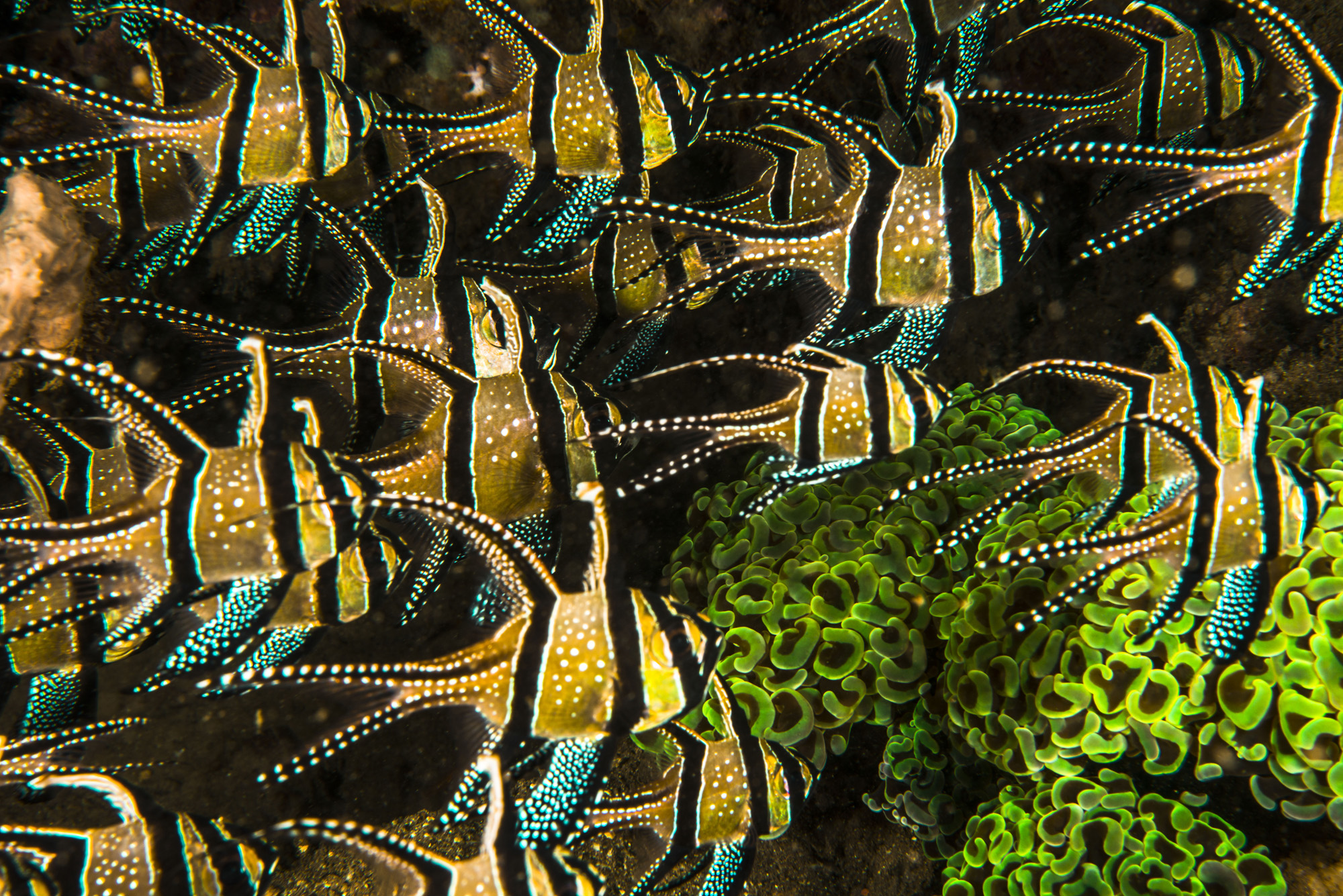The Ripple Effects Of Ornamental Aquariums
Architects Create Evermore Elaborate Indoor Oceans

Image vicnt
Lynn Johnson
11 May, 2020
Bankers, CEOs, hedge-fund managers, surgeons and celebrities are key customers ordering bespoke aquariums. Integrated into the building design, sometimes as custom floors, such customers are given the impression that they can walk on water!
With installation costs that can reach over US$1.5 million, and maintenance of as-much-as US$35,000 per month, architects create evermore elaborate indoor oceans, advertised as anything from art and sculptures to furniture, entertainment or custom walls and floors to complement the décor of your residence. Other marketing materials refer to the personal wellbeing associated with the merging of indoor and outdoor spaces, or even talk about Feng Shui.
The sales brochures don’t talk so much about the wellbeing of the aquarium’s occupants or the implications for the reef and oceans from which they are taken. When an individual tank can feature 1,000 fish, and more than 100 different species, this must be taken into consideration, given the growing demand for these ostentatious displays of wealth, in homes from London to Sydney, Lagos to Dubai and LA to Florida. One of the examples given in the linked article is of a tank in Lagos, created as a dance floor, with integrated disco lights, and stocked with marine fish, including 60 Banggai Cardinalfish. This species of fish is described as “inhabiting a small area on the Indonesian Banggai Archipelago, has a silver body, marked with vertical black stripes.” Setting to one side the obvious concerns about disco lights, music vibrating through the tank and people stomping above you, let’s take a look at the population status of Banggai Cardinalfish, given it was specifically mentioned.
Conservationists have been trying since 2007 to have trade restrictions imposed for the Banggai Cardinalfish under CITES (The Convention on International Trade in Endangered Species of Wild Fauna and Flora); 2007 was the year that the IUCN (International Union for Conservation of Nature) first listed the fish as endangered. In addition, there is currently research underway to prevent further decline, and ideally to rebuild the population; this research group has also encouraged the IUCN to update the ‘Red List’ assessment for Banggai Cardinalfish, as a result of this concern. This is quite a mismatch to someone using them in a disco floor aquarium!

Image atese
And while this is just one species, research in recent years concluded the implications of the marine ornamental fish trade is warranted. The CITES Secretariat acknowledged that, with the increase of the international trade in wild-sourced, marine ornamental fish, both in terms of volume and species, and gaps in regulations, means there may be a risk that some species are over-exploited for international trade. With over 98% of marine fish species collected from the wild, it comes as no surprise that CITES has been begging for US$300,000 to conduct research into the risks, of the marine ornamental fish trade, to species survival.
“Unfortunately, one huge problem the aquarium industry faces, is that there are hardly any monitoring systems in place. We just do not know how many living organisms are extracted from their habitat and what destruction this causes.” said Dr. Monica V. Biondo of Montreux based Fondation Franz Weber.
CITES is still trying to raise these research funds. Yet the customers who are ‘collectors’, not just buying an aquarium for décor, can pay up to US$5,000 per specimen. At a retail level, the trade in ornamental fish is worth more than US$10 billion with an average annual growth of over 10%, while the entire industry including plants, accessories, aquarium, feed, and drugs is estimated to be worth more than US$20 billion. But the regulator is impoverished and can’t even do the most basic monitoring.
So on the one hand we have to rely on volunteer divers to monitor reef environments because there are insufficient funds to pay for the research and monitoring, and on the other hand we have people like the ‘customer’ in Dubai who had a wall aquarium build so he could see into his garage housing his luxury car collection. As long as these disparities in spending persist, we stand no chance of saving the remaining reef habitats most of these ornamental fish call their home.

Image Martin-175

Subscribe To
[mc4wp_form id=”29″]




